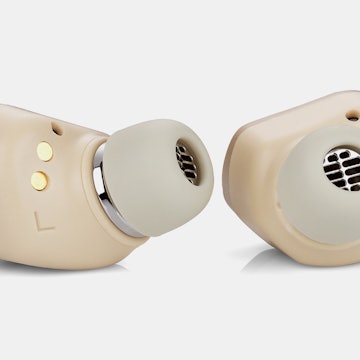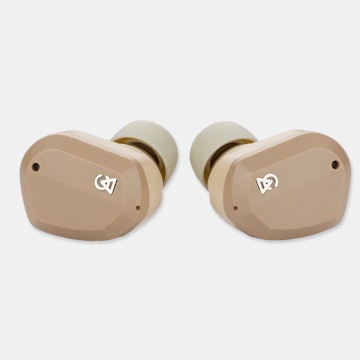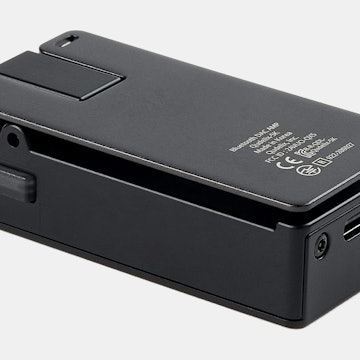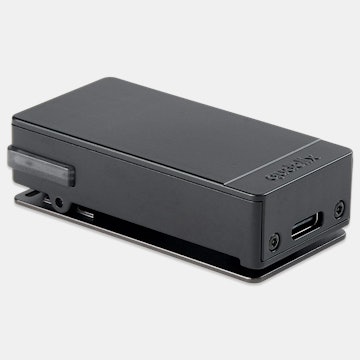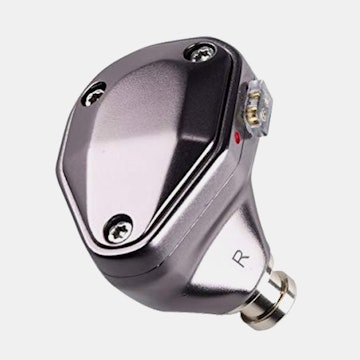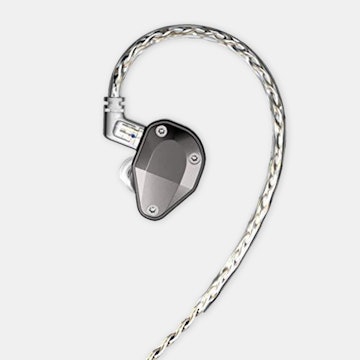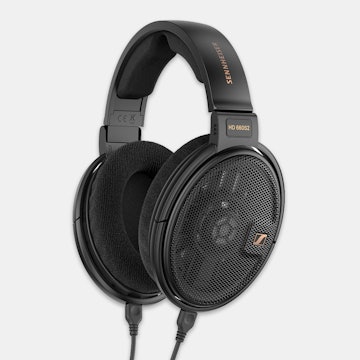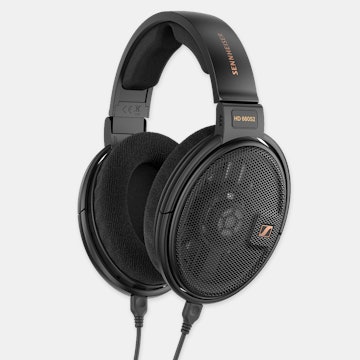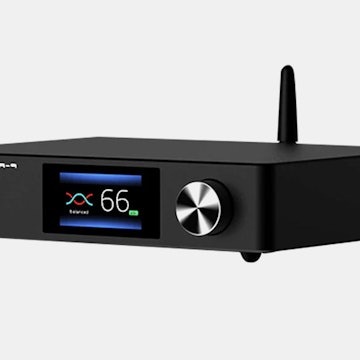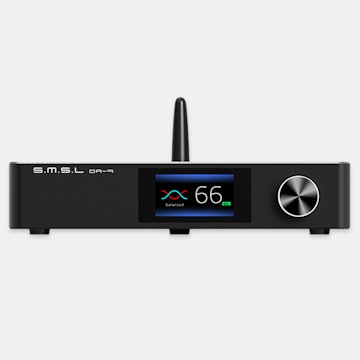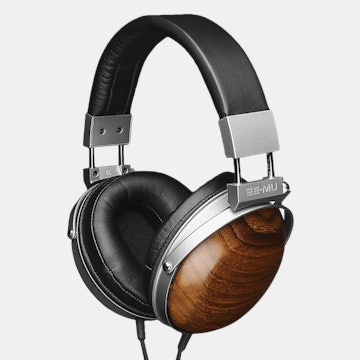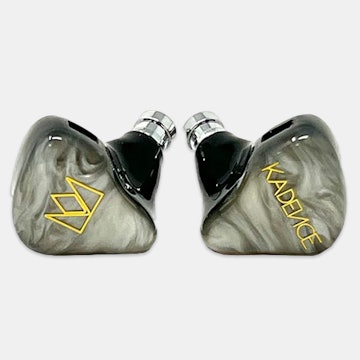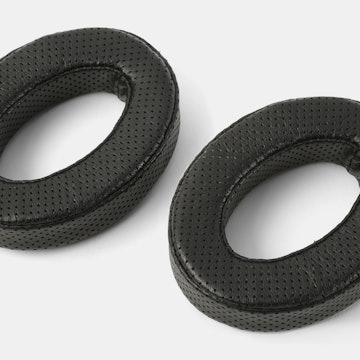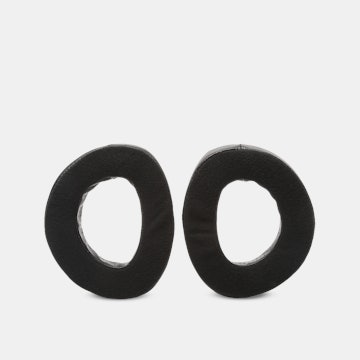Click to view our Accessibility Statement or contact us with accessibility-related questions



Showing 1 of 144 conversations about:

Dingonek
29
Jun 19, 2018
bookmark_border
I see that this unit has a volume knob for the RCA output - how well does this work? How far in the dB range does it go in both directions? I'm considering picking one of these up eventually to pair with my jumpered Emotiva Bas-X A-100 and am hoping it would be enough to eliminate my need for a separate preamp.
Shadow12347
34
Jun 26, 2018
bookmark_border
DingonekI don't have mine with me at work, but it goes down pretty far. I have it paired with a CTH for a TH-X00 which doesn't require much to drive, so at 0db my CTH is turned almost all the way down. But if I attenuate on the D50, I remember getting it to the point where I could have the CTH turned about 75% of the way, and the D50 could go down a lot more than I had it at, so I think this should suffice for replacing a pre-amp for attenuation. It will not amplify though so 0db is the max. I just don't know the min off the top of my head.

Dingonek
29
Jun 26, 2018
bookmark_border
Shadow12347Thanks for the insight! That's good to know. I have a 12dB attenuator on each channel between my current DAC and my A-100 and that gives me just a tiny little bit of play in the potentiometer before it gets too loud. Sounds like I could attenuate a lot more with the D50, which would be perfect!
Have you noticed any drop in signal integrity with it attenuated? Or does it sound just as good as 0dB as far as you can tell?
Have you noticed any drop in signal integrity with it attenuated? Or does it sound just as good as 0dB as far as you can tell?
Shadow12347
34
Jul 2, 2018
bookmark_border
DingonekTL;DR:
Mild digital attenuation (like on the D50) is fine, but if you need a lot (more than 36db), you probably want cans that match your setup better. Also, analog attenuation (pre-amp) is not usually needed, and can degrade quality so try to avoid it by matching your setup better. Also keep your cables as short as possible, make sure they are properly shielded, and are of good quality (but don't buy into ridiculously expensive ones).
Long Version:
Yeah generally it should be just as good if you aren't attenuating more than 36ish decibels digitally. I read up on an article (that I can't seem to find at the moment) going through calculations based on the bit depth of the DAC. It's dependent on whether it's digital or analog attenuation. Generally you want to avoid significant digital attenuation (which is what the D50 does to my knowledge based on how the manual described it) because it reduces the effective bitrate, but up until around 36db of attenuation it doesn't degrade the audible frequency range, and this was with a 24 bits. With 32 bits (like the D50 is capable of) I think they concluded you can even go down to around -80db without degradation in the audible frequencies, but I'd try and stay less than 36db of attenuation to be safe.
Basically, as a general rule, you'd probably want to avoid attenuation altogether by matching your setup with the power needs of your cans. If you can't, then minor attenuation shouldn't have an adverse effect on the audible range. If you find you need significant attenuation, your setup may be too powerful for your cans, and you may want to consider looking into headphones with higher impedence/sensitivity. This is more a problem with amps, but some DACs do produce higher volumes than others, and in my experience the D50 was louder compared to my Schiit Modi with the same amp on the same settings on the amp and in software.
For analogue attenuation (such as from a pre-amp) at best it can color the sound very mildly, and provide very little distortion to the point of not being very significant. At worst, it can color the sound a lot, or introduce a significant amount of distortion (or both), so generally you'd want to avoid a pre-amp for the purpose of volume control except for in the case of a multi-use system (passive speakers and headphones for example) that have very different power needs with which you'd like to use the same equipment. Some might argue otherwise because the change may be mild and potentially inaudible, but if you match the power needs you wouldn't need one at all, so really it's money saved that you could put towards new cans. Plus adding another device in your chain increases the path length the signal has to travel, so some degradation can inevitably occur. This can be partially due to EMI/RFI emitted/transmitted from your PC, phone, and even the audio equipment themselves (nothing is 100% efficient) being picked up by or transmitted through the cables. With properly shielded cables, this is less of an issue, but transmitted noise is not as easily fixed so avoiding another device in the path would be beneficial overall. Heck, even cable length on headphones or interconnect cables can reduce fidelity due to signal loss over the path, so the longer the path, the more chance you have for subtle details to be lost entirely. But I digress.
Mild digital attenuation (like on the D50) is fine, but if you need a lot (more than 36db), you probably want cans that match your setup better. Also, analog attenuation (pre-amp) is not usually needed, and can degrade quality so try to avoid it by matching your setup better. Also keep your cables as short as possible, make sure they are properly shielded, and are of good quality (but don't buy into ridiculously expensive ones).
Long Version:
Yeah generally it should be just as good if you aren't attenuating more than 36ish decibels digitally. I read up on an article (that I can't seem to find at the moment) going through calculations based on the bit depth of the DAC. It's dependent on whether it's digital or analog attenuation. Generally you want to avoid significant digital attenuation (which is what the D50 does to my knowledge based on how the manual described it) because it reduces the effective bitrate, but up until around 36db of attenuation it doesn't degrade the audible frequency range, and this was with a 24 bits. With 32 bits (like the D50 is capable of) I think they concluded you can even go down to around -80db without degradation in the audible frequencies, but I'd try and stay less than 36db of attenuation to be safe.
Basically, as a general rule, you'd probably want to avoid attenuation altogether by matching your setup with the power needs of your cans. If you can't, then minor attenuation shouldn't have an adverse effect on the audible range. If you find you need significant attenuation, your setup may be too powerful for your cans, and you may want to consider looking into headphones with higher impedence/sensitivity. This is more a problem with amps, but some DACs do produce higher volumes than others, and in my experience the D50 was louder compared to my Schiit Modi with the same amp on the same settings on the amp and in software.
For analogue attenuation (such as from a pre-amp) at best it can color the sound very mildly, and provide very little distortion to the point of not being very significant. At worst, it can color the sound a lot, or introduce a significant amount of distortion (or both), so generally you'd want to avoid a pre-amp for the purpose of volume control except for in the case of a multi-use system (passive speakers and headphones for example) that have very different power needs with which you'd like to use the same equipment. Some might argue otherwise because the change may be mild and potentially inaudible, but if you match the power needs you wouldn't need one at all, so really it's money saved that you could put towards new cans. Plus adding another device in your chain increases the path length the signal has to travel, so some degradation can inevitably occur. This can be partially due to EMI/RFI emitted/transmitted from your PC, phone, and even the audio equipment themselves (nothing is 100% efficient) being picked up by or transmitted through the cables. With properly shielded cables, this is less of an issue, but transmitted noise is not as easily fixed so avoiding another device in the path would be beneficial overall. Heck, even cable length on headphones or interconnect cables can reduce fidelity due to signal loss over the path, so the longer the path, the more chance you have for subtle details to be lost entirely. But I digress.

